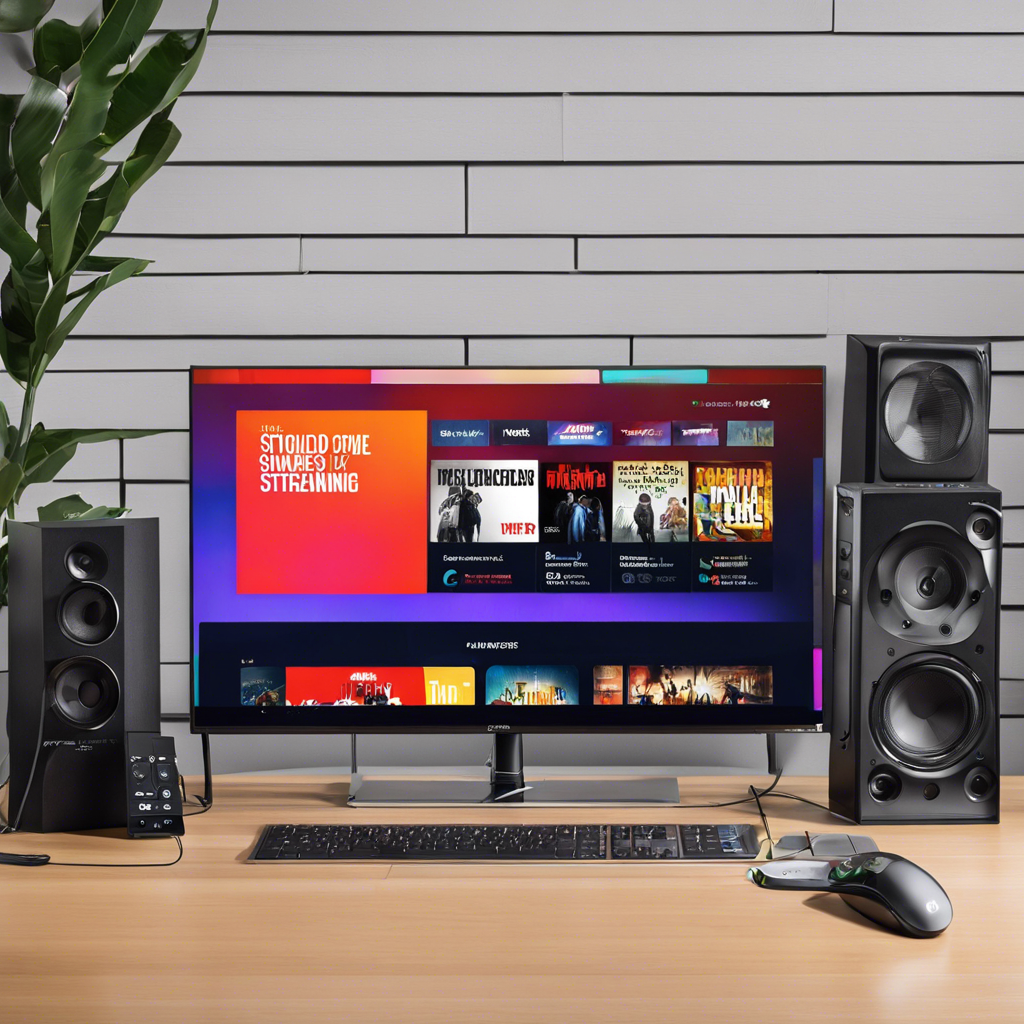The traditional TV landscape is changing. With the rise of streaming services and cord-cutting, viewers now have more choices than ever before when it comes to how they watch their favorite shows and movies. It’s an exciting time for consumers, but it can also be overwhelming trying to navigate the ever-growing list of streaming options and devices. So, what’s driving this shift, and what are the implications for the future of television?
First, let’s understand the term “cord-cutting.” Cord-cutting refers to the decision to cancel traditional pay-TV services, such as cable or satellite, and instead opt for streaming alternatives. This phenomenon has been gaining momentum for years and shows no signs of slowing down. According to a 2021 study by Deloitte, 76% of US adults with home internet subscribe to at least one video-on-demand streaming service, and 26% have completely cut the cord, relying solely on streaming for their TV and movie needs.
There are several reasons why consumers are cutting the cord in droves. One of the main factors is cost. Traditional pay-TV packages can be expensive, often costing hundreds of dollars per month, especially when you factor in additional fees and taxes. In contrast, streaming services typically offer more affordable options, with many plans starting at around $10 per month. This pricing structure allows viewers to pay for only the content they want, providing a more tailored and cost-effective entertainment experience.
Streaming services also offer convenience and flexibility that traditional TV simply can’t match. With streaming, viewers can watch their favorite shows and movies anytime, anywhere, on a variety of devices, including smartphones, tablets, and smart TVs. This on-demand nature of streaming services gives viewers total control over their viewing experience, allowing them to binge-watch an entire season of their favorite show in one go or catch up on missed episodes at their own pace.
In addition, streaming services have revolutionized the way we discover and consume content. With a vast array of programming available at our fingertips, from original series to classic movies, we no longer have to rely on a linear broadcast schedule to dictate our viewing habits. Streaming platforms use sophisticated algorithms and personalized recommendations to suggest content based on our past viewing habits, helping us discover new shows and explore a diverse range of entertainment options.
However, as the streaming landscape becomes increasingly crowded, with new services launching regularly, consumers may soon find themselves facing a different kind of challenge: managing multiple subscriptions and platforms. This has led to the rise of “super-aggregator” services, such as Apple TV+ and Amazon Prime Video, which offer a range of content from different providers in one place, providing a seamless and centralized viewing experience.
As we move further into the streaming era, it will be interesting to see how the industry evolves to meet the changing needs and expectations of viewers. Traditional broadcast networks are already adapting by launching their own streaming platforms, such as HBO Max and NBC’s Peacock, ensuring they remain relevant in this new landscape.
So, if you’re thinking about cutting the cord, now is a great time to explore the wide range of streaming services and devices available. With more choices than ever before, viewers can truly customize their TV experience to fit their preferences, budgets, and viewing habits.
